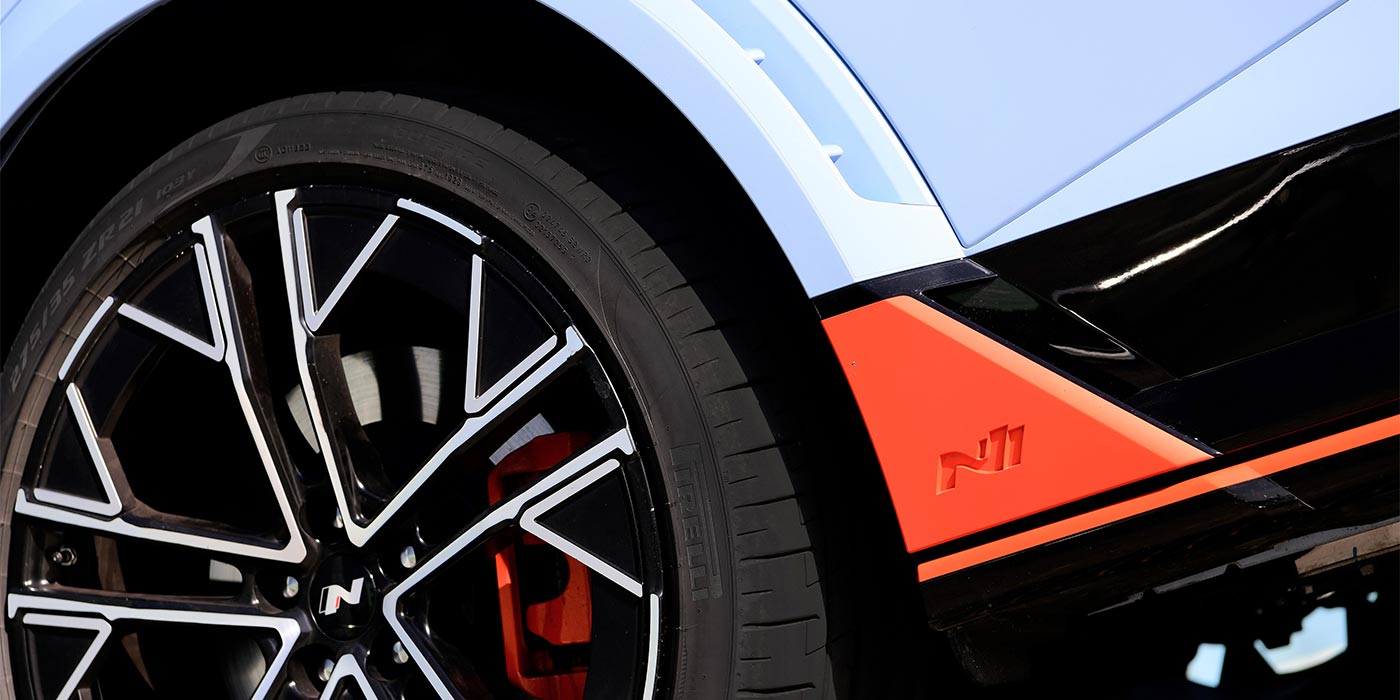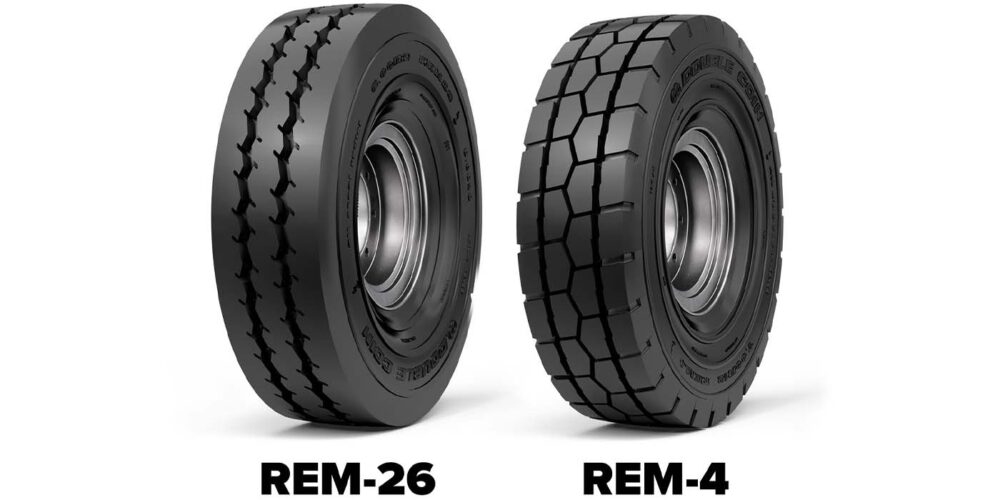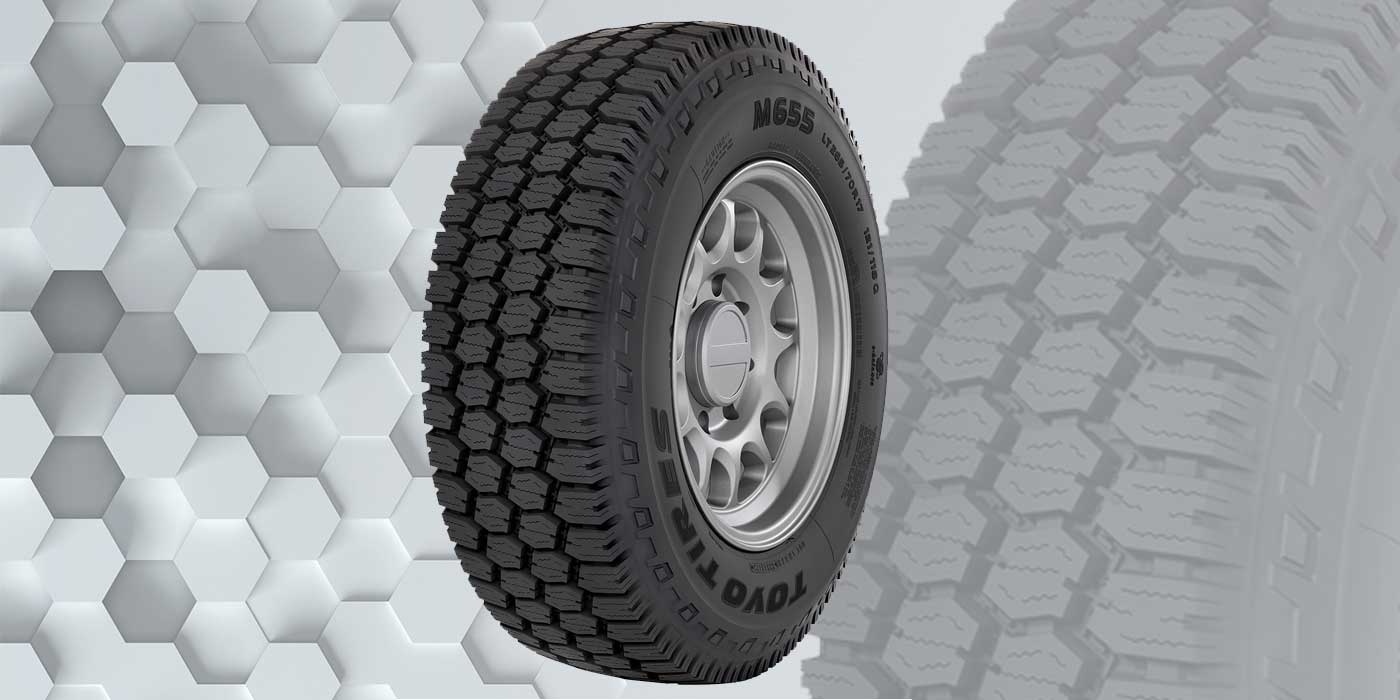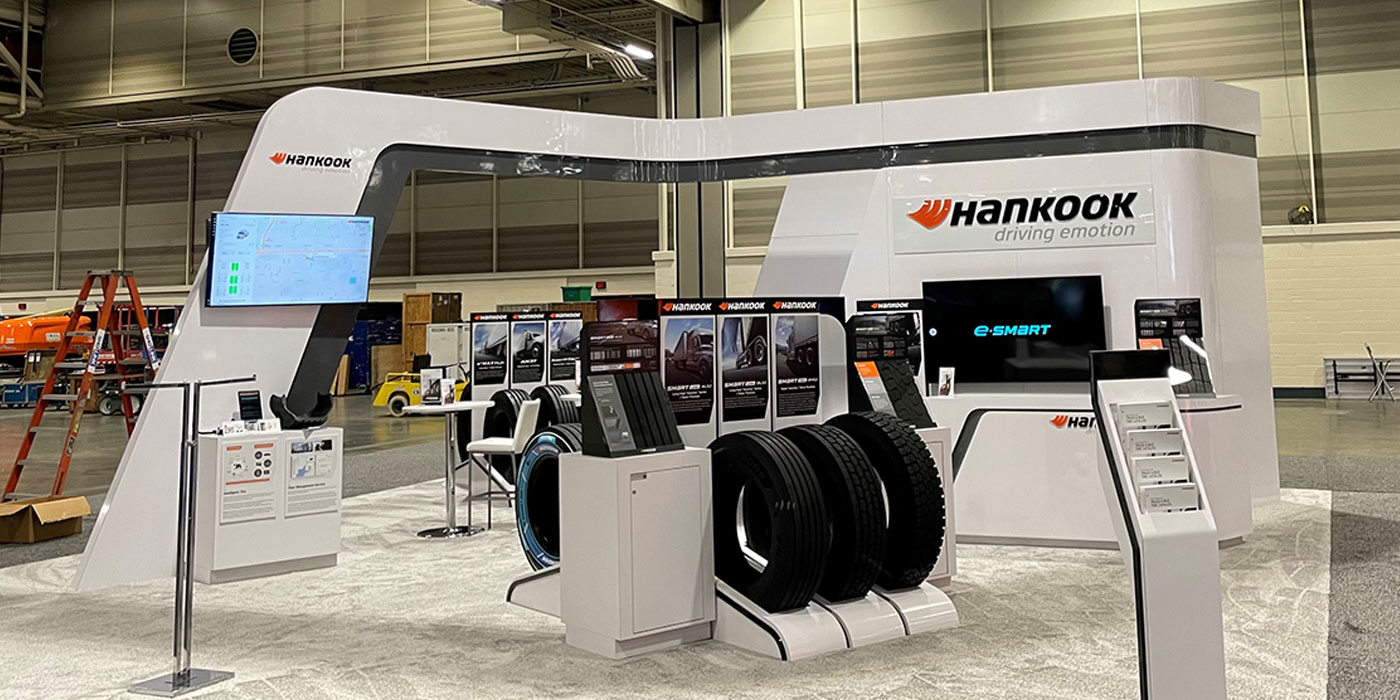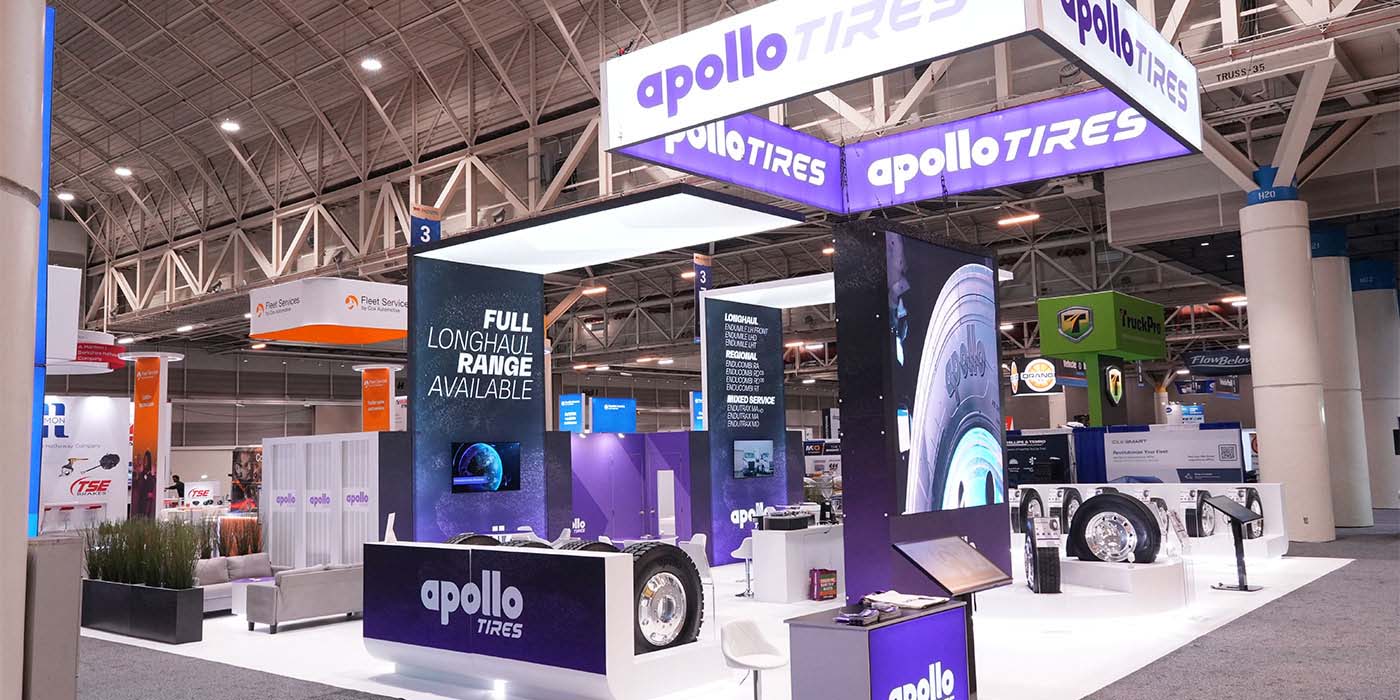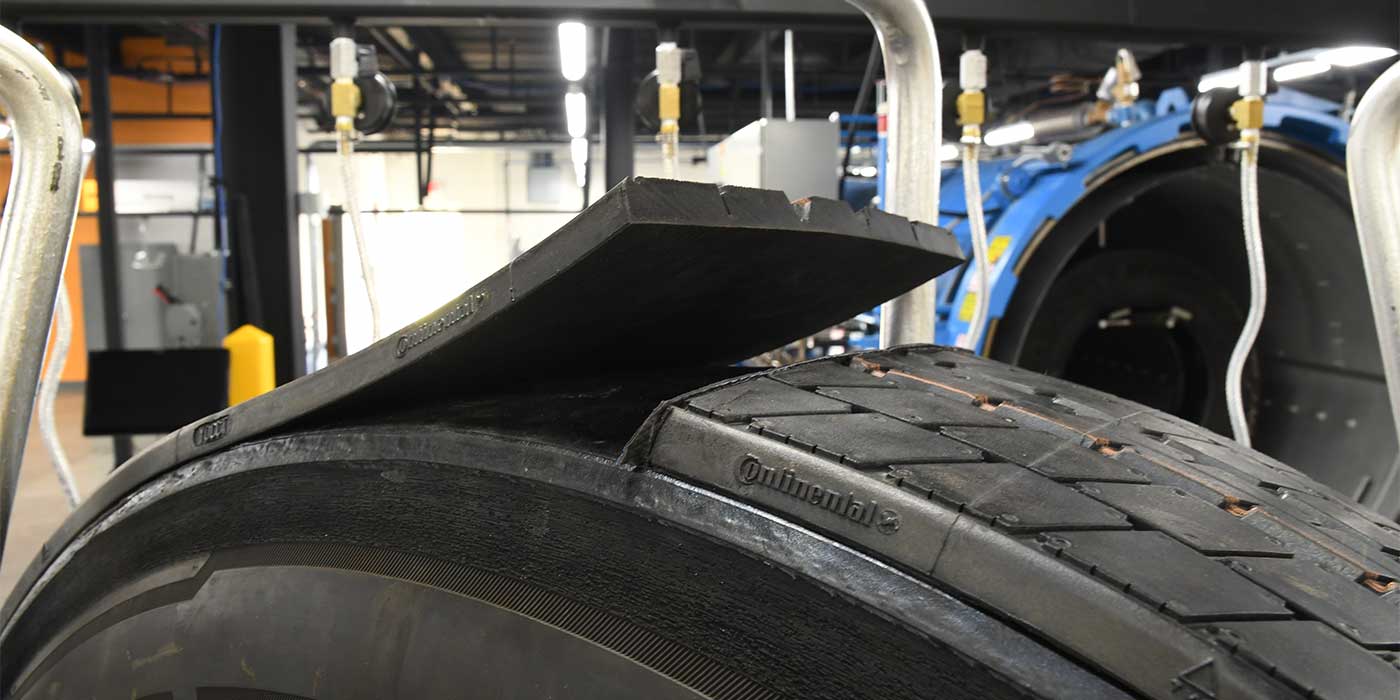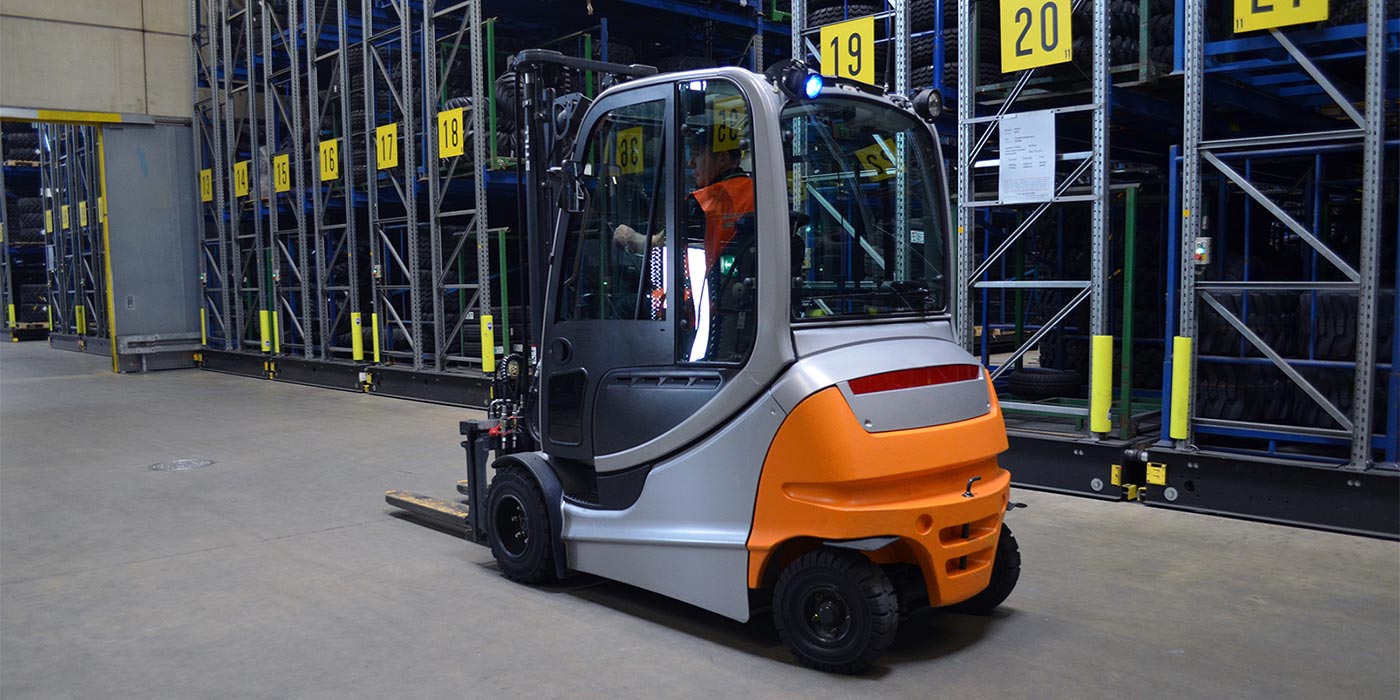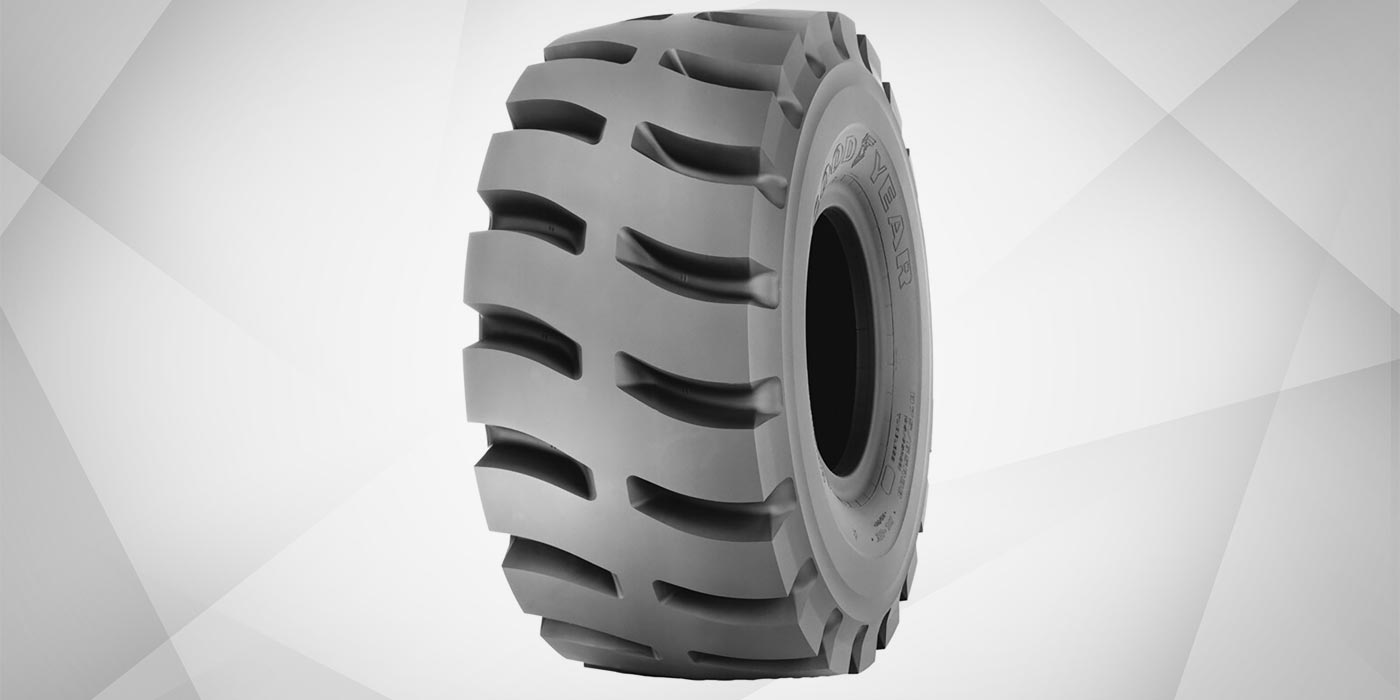Remember the near-daily news stories about tire-related SUV accidents? And all the finger pointing that tried to pin the cause on the tires or vehicles or, in some cases, even driver error?
Well, the dust has settled and the wheels (no pun intended) of the government fix-it-meisters have been turning. The TREAD Act was enacted and now NHTSA is picking its way through regulation creation.
NHTSA has mandated the use of tire pressure monitoring devices on new passenger vehicles beginning next year, and it is now beginning to focus attention on commercial truck tires. The information-gathering phase has begun, although there has been no official rulemaking proposal published to date. Truck operators, however, should understand that tire pressure monitoring systems (TPMS) will likely become a requirement and the clock is ticking.
Given this inevitable fact, it makes good business sense for tire dealers to devote serious consideration to the issue and study the TPMS technology alternatives currently offered.
A good start may be to ponder this important question: Should any TPMS system adopted for commercial trucks merely monitor inflation pressures and give an audible/visual warning if one tire falls below a preset threshold? Such systems are being readied for passenger vehicles.
An alternative approach would be to have on-board electronic systems capable of replacing manual tire checks – an expensive and cumbersome process most fleets would be glad to be rid of. Most tire veterans concede that, while frequent pressure checks are vital, air leaks are sometimes created by the unintended introduction of foreign material or by the accidental misalignment of valve hardware during routine manual checks.
Hardware Options
Currently available technology allows individual sensors mounted inside a tire/wheel assembly to be "read" by hand-held data gathering devices at scheduled stops, and by stationary gate readers which could be installed at entry/exit lanes from fleet yards or at fuel islands.
From a hardware standpoint, available sensor systems can either deliver live pressure readings or merely trigger an exception signal when a low-pressure threshold is reached. But because variations in target pressures are often used to address differences in application, equipment, operating conditions and even axle-specific inflation tuning, users of these systems would have to be mindful of these variations and their impact on their TPMS.
Ideally, these sensor systems could be a sensible solution that are cost-justified by reduced labor, improved inflation maintenance, and reduced unscheduled downtime. Casing quality and retread yield improvements could also be expected.
On-Board Air Systems
Another potential technology option is on-board inflation maintenance. These systems range from simple ones that use the air brake system compressor to maintain a predetermined inflation level in trailer tires, to more elaborate (and expensive) total vehicle systems used to lower and raise tire pressures while in service. Examples here include military vehicles and logging trucks that alternate between soft off-road surfaces and high speed paved roads.
However, on-board inflation systems pose a significant maintenance concern as these systems normally do not alert the driver or tire maintenance person of slow leaks. Casing damage and tire failure can occur with continued operation if nail punctures, valve leaks or other such conditions are not detected and repaired.
Arguably, unless the truck duty cycle requires frequent inflation adustments – or if normal tire maintenance intervals are not possible ®€“ the use of a tire pressure sensor system, without on-board inflation, may be the best route to improved casing longevity.
Dual tire pressure equalization systems, designed primarily to at least match the inflation pressures of a set of duals, are subject to similar concerns. Without any in-cab warning or automated signal to gate or hand-held readers, fleets will have to rely only on manual pressure checks to detect any slow air loss conditions.
Needs to be Useful
Some maintenance executives feel that the ultimate monitoring system would sense low inflation by axle end position – whether air loss is damage-induced or due to the lack of inflation maintenance ®€“ and warn both the driver and the tire maintenance provider via a data link that includes a GPS.
This would certainly address driver safety and help them locate service facilities or service assistance options, and minimize the severity and expense of downtime.
Another point of TPMS discussion is the complexity of pressure sensors. Many tire program managers would like the sensor to include a temperature monitor or "tattle-tale" feature, allowing identification of casings that have exceeded defined temperature thresholds. This, when combined with current inspection techniques, would facilitate very accurate and consistent screening of casings for retreadability. In turn, this would help optimize retread type and axle position selection.
Sensors attached in a tire/wheel assembly could also carry simple serial numbers, unique to an individual fleet, which would serve as permanent identification for tire inventory control, including new and retreaded tires. These fleet-specific tire identification numbers would also aid in shipping and storage, specific vehicle and/or axle position placement, and for tracking any warranty claims.
Some existing tire management systems already allow fleets and dealers to predetermine a new tire’s path through its lifecycle, estimating its takeoff times for future retreadings, and assigning the tire to specific axle positions throughout its service life.
For instance, a new steer axle radial may be pegged for its first retreading at 200,000 miles, at which time it will be retreaded with a drive tire tread and placed on the drive axle of a specific tractor. When its next takeoff mileage is reached, the tire would be pre-scheduled to be receive a trailer tire tread and move to a specific trailer.
Alternatively, simple pressure sensors attached to a wheel – either at the interior side of the tire valve or in the wheel well ®€“ could remain with the wheel through multiple tire fitments, becoming more of a standard component of the permanent truck hardware. Others have suggested that these sensors include a simple revolution counter that would replace current hub-mounted odometers.
Practicality Should Win
Overall, there is a building consensus that TPMS and inflation systems for commercial trucks should be designed to deliver more than a simple driver warning or exception report. They should also function as efficient tools to improve the routine maintenance of target inflation pressures.
And, as we’ve discussed, other useful features will help extend casing life and cut more operating cost.
There is also concern that varying fleet vocations, geography and operating conditions could benefit from any flexibility to program sensors or the ability to select optional sensor settings and/or features. This must, however, be balanced against the reduced costs, training requirements, and interchangeability that comes from a more standardized design.
The Technology & Maintenance Council provides a discussion forum and information source for some of these issues through its Tire and Wheel Study Group. They can be contacted by e-mail at [email protected].
Also, the Rubber Manufacturers Association routinely gathers tire industry input to formulate consensus responses to NHTSA proposals. They can be contacted at www.rma.org.
A little research and forethought could help direct the seemingly inevitable TPMS requirement toward systems that not only improve highway safety, but also help develop more reliable and cost-effective tire maintenance programs.




